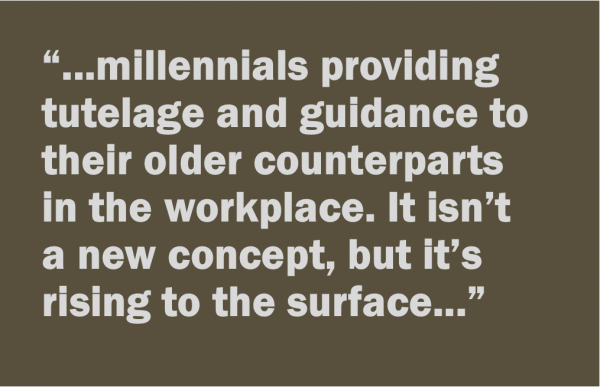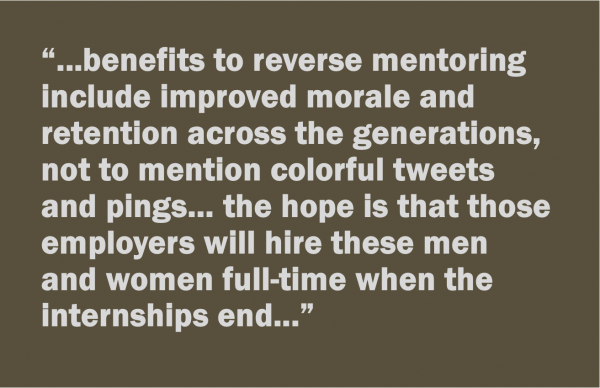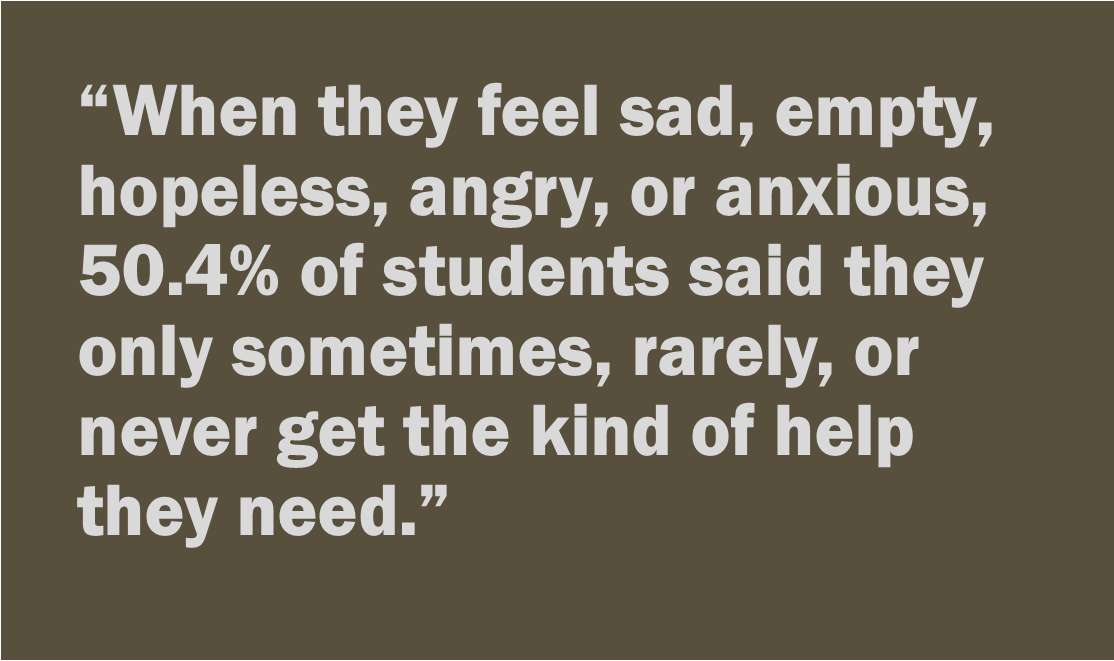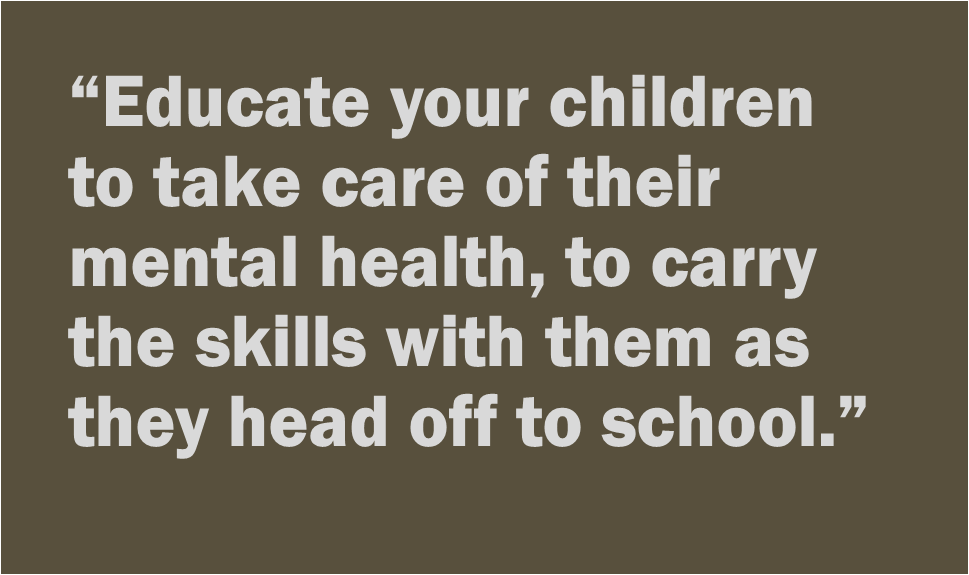PERSPECTIVE: Move over Oprah - Giving to Women’s and Girls’ Causes is Growing (and is a Rising Force for Good)
/by Carol Buckheit What role do philanthropic funds supporting women’s and girls’ causes play in creating change in Connecticut communities? Increasingly, a big one.
According to the Connecticut Council for Philanthropy, the first women’s fund in Connecticut was established in 1993, formed to gather and distribute dollars to improve the lives of women and girls and inform women about the most pressing issues affecting them in their local communities. Connecticut Community Foundation’s Women’s Fund, serving the Greater Waterbury and Litchfield Hills region, is one of 12 such funds in the Nutmeg State. The Council reported that the combined assets of these women’s funds in Connecticut have grown dramatically, increasing more than six-fold from $2.9 million in 2002 to $18.7 million in 2011.
Nationally, the numbers are even more startling. Between 1990 and 2006, U.S. foundation giving to benefit women and girls (including international grants) grew from $412 million to $2.1 billion, an increase that surpassed the rate of growth for all foundation giving.
Connecticut funders (nearly all of them community foundations) have granted millions of dollars from women’s and girls’ funds to organizations tackling issues uniquely affecting women and girls, including prevention and treatment of eating disorders, dating violence, teenage pregnancy and domestic violence.
Our work, and focus, continues.
 In the 21-town Greater Waterbury and Litchfield Hills area served by Connecticut Community Foundation, recent Women’s Fund grantees have included the Susan B. Anthony Project and Waterbury Youth Services. Each endeavors to build girls’ self-esteem and resiliency through programs sensitively developed just for girls, whether through supportive group therapy for girls in residential care or ensuring girls are connected to strong female role models in fulfilling careers.
In the 21-town Greater Waterbury and Litchfield Hills area served by Connecticut Community Foundation, recent Women’s Fund grantees have included the Susan B. Anthony Project and Waterbury Youth Services. Each endeavors to build girls’ self-esteem and resiliency through programs sensitively developed just for girls, whether through supportive group therapy for girls in residential care or ensuring girls are connected to strong female role models in fulfilling careers.
New research bodes well for the continued growth of women’s funds and, most importantly, their influence in improving the lives of women and girls.
Data from a new study—the first academic research examining who gives to women and girls causes and what motivates donors to give—was released in May 2016 by the Women’s Philanthropy Institute (WPI) at the Indiana University Lilly Family School of Philanthropy.
The encouraging news: Large percentages of female and male survey respondents (50% and 40%, respectively) reported donating to causes primarily affecting women and girls. Women reported investing in these causes based on their personal experiences, including experiencing discrimination and having children, and because they believe that supporting those causes leads to the greatest social return to all of society.
An in-depth analysis of giving to women’s funds by the Foundation Center and Women’s Funding Network suggests this belief is valid, pointing to real and significant systemic changes worldwide in areas such as education, health and economic growth.
But, there’s even better news from WPI’s research for the women’s funds in Connecticut, particularly those hosted by community foundations like ours: donors trust us and are looking to us to gain a deeper understanding of issues affecting women and girls in local communities.
The authors discussed, “Our research showed that existing donors were highly complimentary of the women’s funds they supported, seeing them as a locus of expertise in their communities with the ability to make both local and systemic changes.”(p. 35). Donors indicated that they were intentional about their giving, sought specific impacts, and trusted the women’s funds to deliver desired results.
“As more and more people make the connection between giving to women and societal change, we can see that giving to women and girls is not just a temporary trend but is here to stay,” said lead author of the study, Debra Mesch, Ph.D., director of the Women’s Philanthropy Institute. “Understanding the demographics and motivations of those who are giving to women’s and girls’ causes is increasingly important if we are to improve the lives of women and girls, and their families and communities.”
Indeed.
______________________________________
Carol Buckheit is Senior Communications Officer at the Connecticut Community Foundation. Established in 1923, Connecticut Community Foundation fosters creative partnerships that build rewarding lives and thriving communities in 21 towns in Greater Waterbury and the Litchfield Hills. The Foundation provides leadership in addressing the region’s critical issues, strengthens local nonprofit organizations through grants and technical assistance programs, and works with individuals, families and corporations to establish and steward scholarships and charitable funds.
PERSPECTIVE commentaries by contributing writers appear each Sunday on Connecticut by the Numbers.


 As a result, from 2001 to 2015, the share of Connecticut’s private sector jobs in low-wage industries increased by 20 percent, while the share in high-wage industries decreased by 13 percent. This helps explain why a growing number of families, even after a full week of hard work, are forced to choose between groceries and rent, or between childcare and transportation costs.
As a result, from 2001 to 2015, the share of Connecticut’s private sector jobs in low-wage industries increased by 20 percent, while the share in high-wage industries decreased by 13 percent. This helps explain why a growing number of families, even after a full week of hard work, are forced to choose between groceries and rent, or between childcare and transportation costs. During the recession, industries across all wage categories experienced net losses with a total net loss of more than 85,000 jobs – nearly 6 percent of total private sector jobs. More than 97 percent of total losses were in mid- and high-wage industries. Manufacturing continued to experience disproportionate losses, accounting for almost 30 percent of all jobs lost during this period. The construction industry accounted for another 20 percent, with administrative and waste services industries (composed largely of janitors, laborers, office clerks) accounting for 13 percent of losses.
During the recession, industries across all wage categories experienced net losses with a total net loss of more than 85,000 jobs – nearly 6 percent of total private sector jobs. More than 97 percent of total losses were in mid- and high-wage industries. Manufacturing continued to experience disproportionate losses, accounting for almost 30 percent of all jobs lost during this period. The construction industry accounted for another 20 percent, with administrative and waste services industries (composed largely of janitors, laborers, office clerks) accounting for 13 percent of losses.


 Essentially, structural change relates to those factors within the domestic economy which are NOT related to, and operate independent of, the U.S. business cycle. Structural changes have to be understood in their scope and magnitude in impacting today’s economy because many of these same factors will also be affecting future levels of growth.
Essentially, structural change relates to those factors within the domestic economy which are NOT related to, and operate independent of, the U.S. business cycle. Structural changes have to be understood in their scope and magnitude in impacting today’s economy because many of these same factors will also be affecting future levels of growth.

 And it gives to ambitious, corrupted, or deluded citizens (who devote themselves to the favorite nation), facility to betray or sacrifice the interests of their own country, without odium, sometimes even with popularity; gilding, with the appearances of a virtuous sense of obligation, a commendable deference for public opinion, or a laudable zeal for public good, the base or foolish compliances of ambition, corruption, or infatuation.
And it gives to ambitious, corrupted, or deluded citizens (who devote themselves to the favorite nation), facility to betray or sacrifice the interests of their own country, without odium, sometimes even with popularity; gilding, with the appearances of a virtuous sense of obligation, a commendable deference for public opinion, or a laudable zeal for public good, the base or foolish compliances of ambition, corruption, or infatuation.
 Other benefits to reverse mentoring – improved morale and retention across the generations, not to mention colorful tweets and pings that fly across social media platforms and engage the consumer.
Other benefits to reverse mentoring – improved morale and retention across the generations, not to mention colorful tweets and pings that fly across social media platforms and engage the consumer. For practitioners, thinking about a collaborative effort of this scope even five years ago would have been impossible. Finding money for buses for field trips, combined with the time-crunch of the classroom day and ‘teach to the test’ mentality made learning outside of school walls nearly impossible. Museum educators created one terrific program after another for school audiences, but invariably, visits dwindled. And students suffered the consequences. But as demonstrated time and time again in Connecticut’s history, state educators and historians rose to the challenge. Our story has a happy “middle” (the ending has yet to be written.) Not content with mediocrity, two groups of organizations led by people who care about Connecticut’s students approached this growing problem from two different angles.
For practitioners, thinking about a collaborative effort of this scope even five years ago would have been impossible. Finding money for buses for field trips, combined with the time-crunch of the classroom day and ‘teach to the test’ mentality made learning outside of school walls nearly impossible. Museum educators created one terrific program after another for school audiences, but invariably, visits dwindled. And students suffered the consequences. But as demonstrated time and time again in Connecticut’s history, state educators and historians rose to the challenge. Our story has a happy “middle” (the ending has yet to be written.) Not content with mediocrity, two groups of organizations led by people who care about Connecticut’s students approached this growing problem from two different angles. f conversations, phone calls, deep discussions and “ah-ha” moments that paved the way to unprecedented collaboration between educators, museums, public historians and academics. If, by working together, we could build bridges of communication and access between the people who steward Connecticut’s past, and the people who have daily interaction with our students, then wonderful, magical, life-long critical skills learning would happen. And it is working.
f conversations, phone calls, deep discussions and “ah-ha” moments that paved the way to unprecedented collaboration between educators, museums, public historians and academics. If, by working together, we could build bridges of communication and access between the people who steward Connecticut’s past, and the people who have daily interaction with our students, then wonderful, magical, life-long critical skills learning would happen. And it is working. s the state plans for the court-ordered overhaul of school funding and the creation of new standards for high school graduation and special education, I would like to offer the collective experience of this group of “power historians and educators” (yes, similarities to the Power Rangers are purposeful) as a resource for state planning.
s the state plans for the court-ordered overhaul of school funding and the creation of new standards for high school graduation and special education, I would like to offer the collective experience of this group of “power historians and educators” (yes, similarities to the Power Rangers are purposeful) as a resource for state planning. In fact, the current technology market is a vibrant and competitive one, where even big companies are required to constantly innovate in order to stay on top. This innovation has provided enormous benefits to consumers, who reap the rewards in the form of better and more advanced products and technologies.
In fact, the current technology market is a vibrant and competitive one, where even big companies are required to constantly innovate in order to stay on top. This innovation has provided enormous benefits to consumers, who reap the rewards in the form of better and more advanced products and technologies.

 t cities. Bo Zhao, senior economist at the Boston Federal Reserve, wonders if such differences in taxes put some cities or counties at a disadvantage in economic competition. After all, he says, fiscal disparities occur when economic resources and public service needs are unevenly distributed across localities.
For the most part, it’s been up to cities and counties to attempt to address these growing disparities. There are any number of longstanding examples of regional taxation and regional tax-base sharing across the U.S., such as in Minneapolis-St. Paul. More recently, there are new innovations on the theme: The Scientific and Cultural Facilities District, for example, distributes roughly a tenth from a 1 percent sales and use tax to cultural facilities throughout the Denver metropolitan area.
t cities. Bo Zhao, senior economist at the Boston Federal Reserve, wonders if such differences in taxes put some cities or counties at a disadvantage in economic competition. After all, he says, fiscal disparities occur when economic resources and public service needs are unevenly distributed across localities.
For the most part, it’s been up to cities and counties to attempt to address these growing disparities. There are any number of longstanding examples of regional taxation and regional tax-base sharing across the U.S., such as in Minneapolis-St. Paul. More recently, there are new innovations on the theme: The Scientific and Cultural Facilities District, for example, distributes roughly a tenth from a 1 percent sales and use tax to cultural facilities throughout the Denver metropolitan area. ago enacted legislation to encourage a sharing economy statewide. The Minnesota Fiscal Disparities law has three important goals: reduce the impact of fiscal considerations on location of business; reduce interjurisdictional competition; and direct resources to communities facing the greatest fiscal pressures.
ago enacted legislation to encourage a sharing economy statewide. The Minnesota Fiscal Disparities law has three important goals: reduce the impact of fiscal considerations on location of business; reduce interjurisdictional competition; and direct resources to communities facing the greatest fiscal pressures. tax base in the Minneapolis-St. Paul areawide pool has increased from 6.7 percent in 1975 to 37.6 percent by 2012. More than $588 million of taxes were shared among the participating localities in 2012. The distribution of shared revenue reduced incentives for cities to compete for businesses and infrastructure projects, and it created greater incentives for shared investments, especially in infrastructure.
tax base in the Minneapolis-St. Paul areawide pool has increased from 6.7 percent in 1975 to 37.6 percent by 2012. More than $588 million of taxes were shared among the participating localities in 2012. The distribution of shared revenue reduced incentives for cities to compete for businesses and infrastructure projects, and it created greater incentives for shared investments, especially in infrastructure.


 Connecticut Statistics
Connecticut Statistics The mission of the Jordan Porco Foundation is to prevent suicide, promote mental health, and create a message of hope for young adults.
The mission of the Jordan Porco Foundation is to prevent suicide, promote mental health, and create a message of hope for young adults.


























